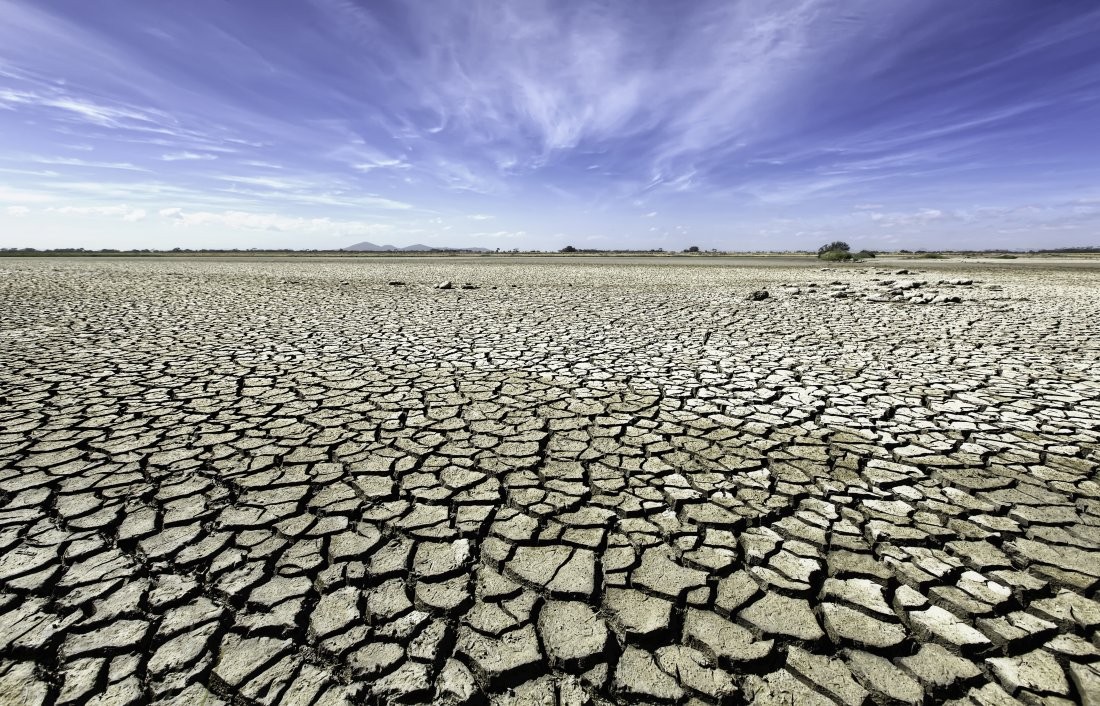
With little or no rainfall in the catchment areas of KRS reservoirs this monsoon season, Bengalureans could be left dry and thirsty. This being the case, the Bangalore Water Supply and Sewerage Board (BWSSB ) will start rationing water supply to the City from August.
BWSSB Chairman, Tushar Girinath said that the situation (low water levels in reservoirs) is true and alarming. There has been little or no rain in the catchment areas. “If the water level in KRS reservoir does not improve, the BWSSB will have no choice but to start rationing water supply. No concrete decision has been taken so far. We are watching the situation closely and discussing the matter with the government also,” he said.
Every day 1450 mld water is supplied to Bengaluru city, 70 per cent of which is from KRS and the rest from Kabini (which also fluctuates depending on water upstream), said a BWSSB official. There are also 10,000 borewells under BWSSB limits, which are being used by people to draw water, of which 1,000 are defunct. Also water through 63 tankers is being supplied to areas where there is no BWSSB pipelines.
Deputy Chief Minister G Parameshwara also on Saturday expressed his concern on the water crises and said that the water level in KRS reservoir is just 80 feet and if there is no adequate rainfall by July end, then it will be difficult to meet Bengaluru’s water demand. He said that the detailed project report to draw water from Sharavathi and Linganamikki are also being prepared.
Parameshwara, who is also the Bengaluru in-charge minister spoke to media on the sidelines of the 33rd death anniversary of Babu Jagajeevanarao’s observations at Vidhana Soudha. He said that if there is no rain there will be severe water crises. A few days back, Parameshwara had said the government was thinking of banning new apartment constructions for the next five years, untill the water crises in the City improved.
BWSSB and Irrigation Department are holding meetings on how to mitigate water crises. BWSSB is also in constant touch with India Meteorological Department and Karnataka State Natural Disaster Monitoring Authority officials to know the rainfall pattern. Though IMD has forecast 96 per cent rain for the state in the month of July, government officials are sceptical.


.jpeg)

